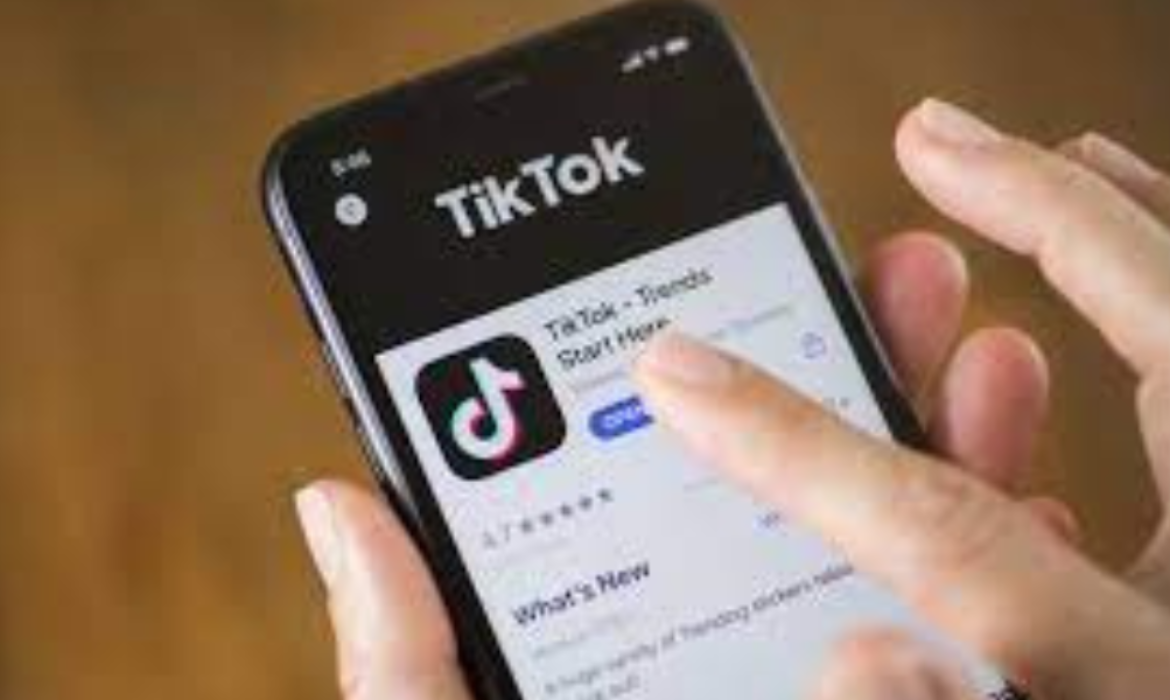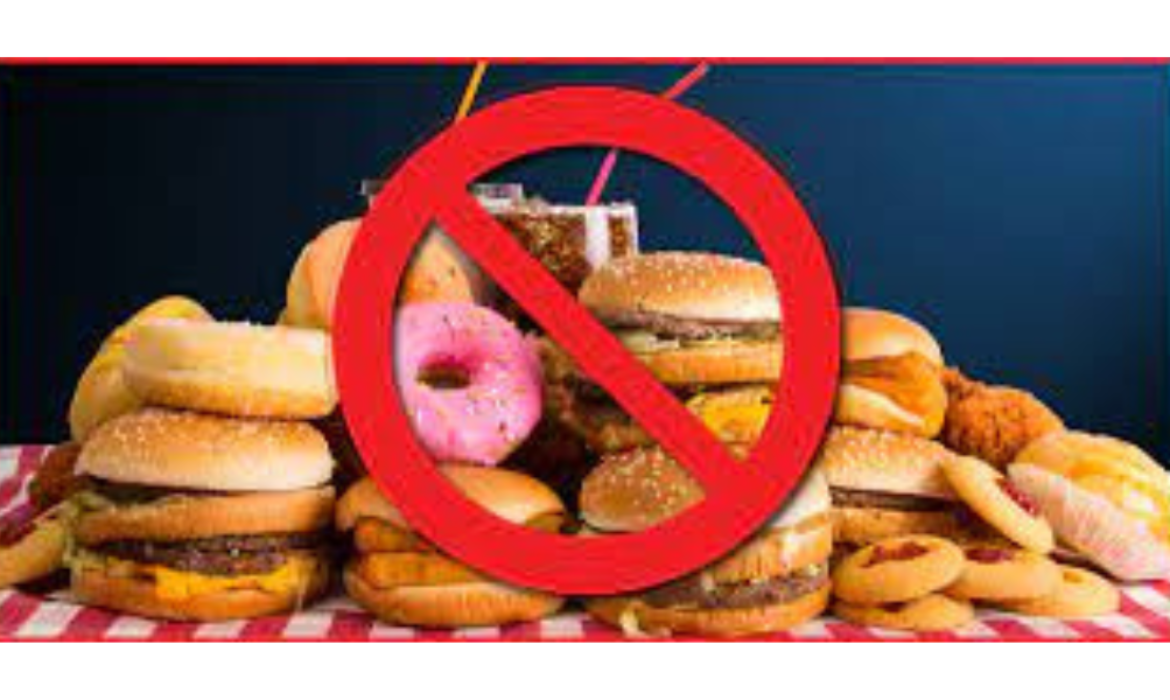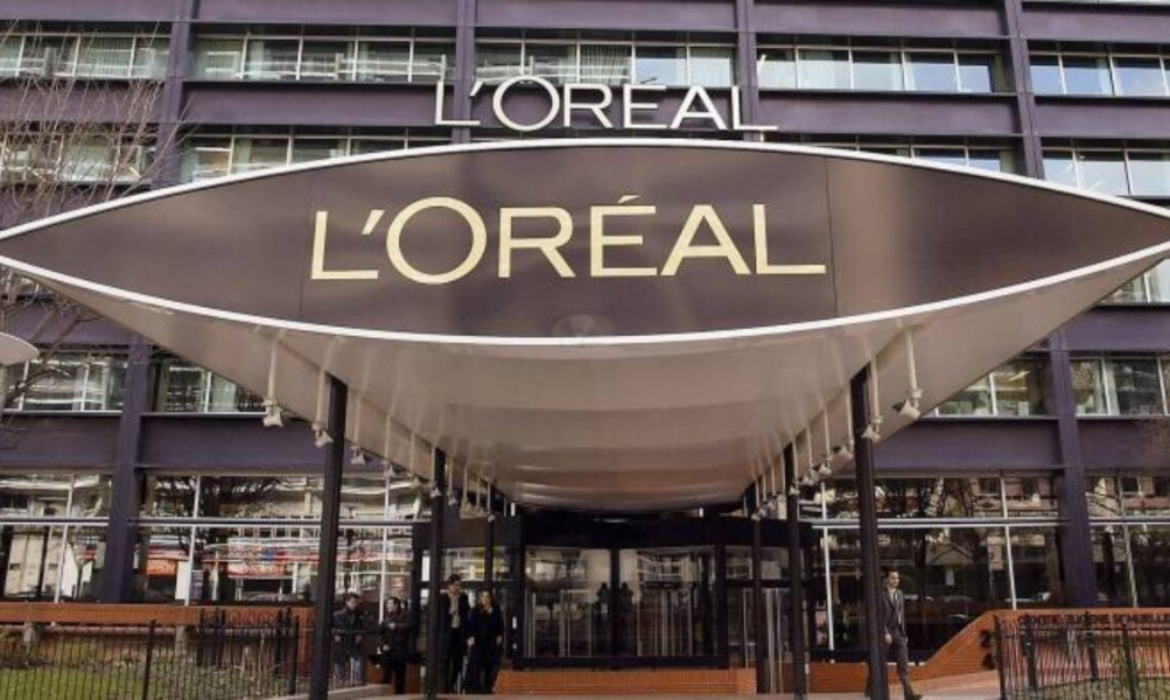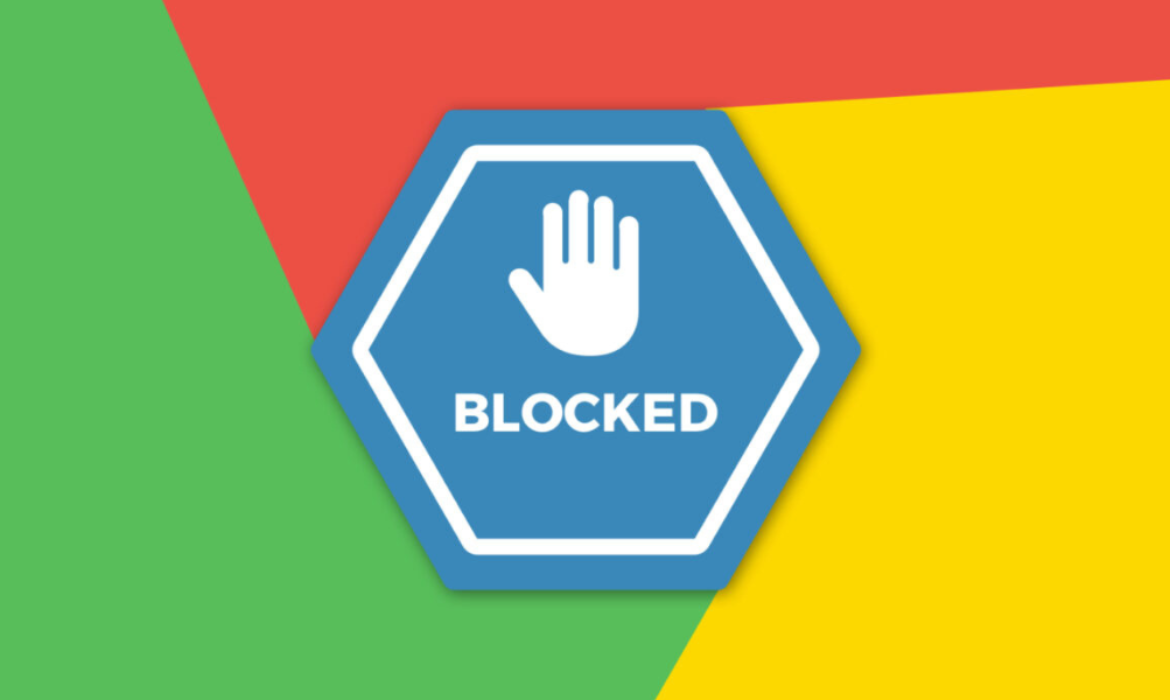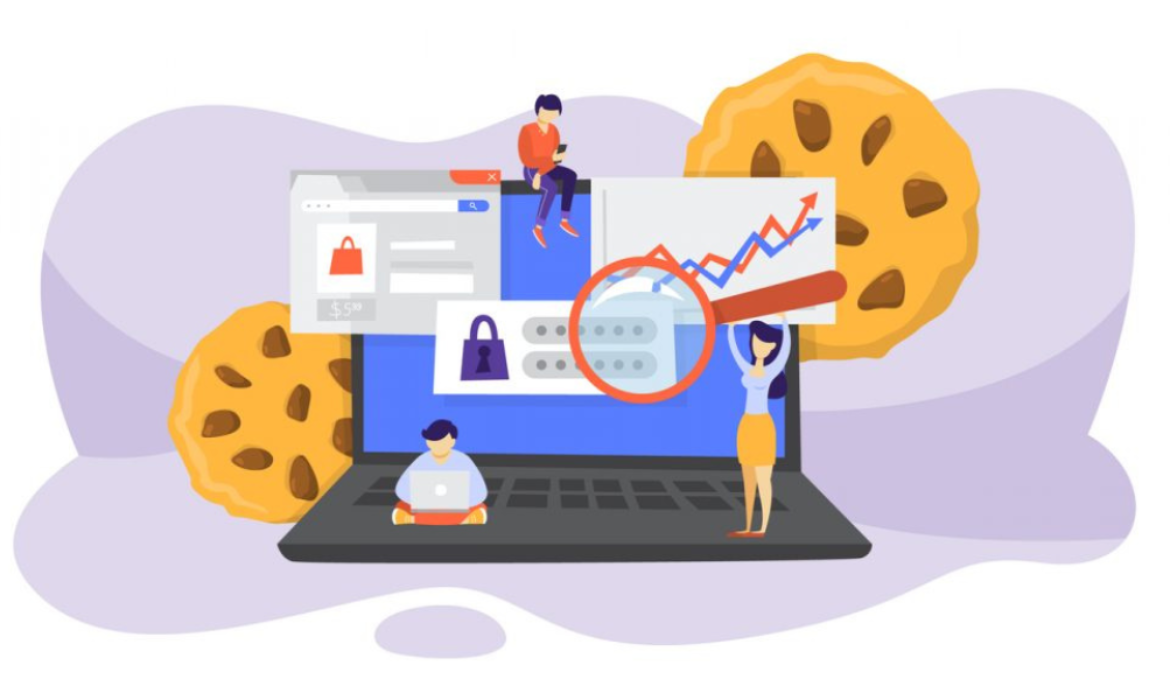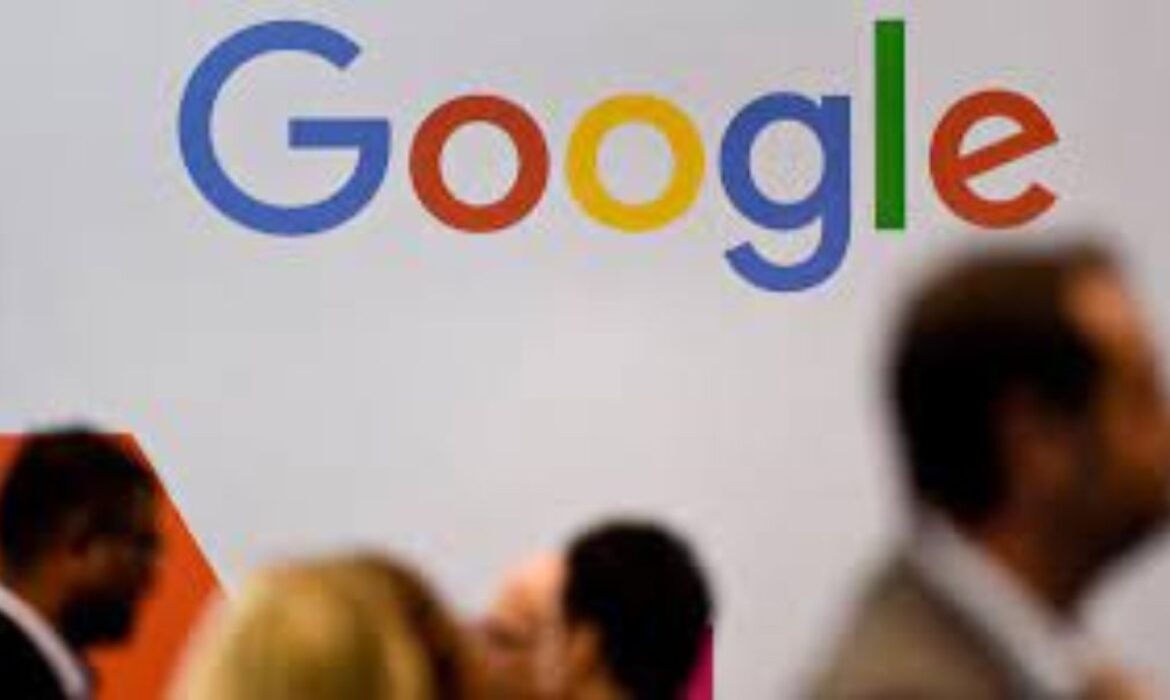TikTok Brand Lift Study And How It Amps Up TikTok Experience!
TikTok has recently announced that it is introducing TikTok Brand Lift Study (BLS), a first-party measurement solution for advertisers.
The company believes that brands play a vital part in the whole TikTok experience. To make sure that resources are fully utilized, TikTok BLS assists to liberate advertisers with actionable data to move, enhance, and segment resources into meaningful campaigns and efforts.
TikTok has devised this new TikTok BLS, as the company believes, that it has witnessed the collective power of community over and again – whether it is in form of top hits, creating viral trends, or an increase in demand for popular products.
TikTok BLS offers businesses a novel way to traditional measurement and optimization of brand resonance.
TikTok BLS, in typical TikTok fashion, is an immersive, in-feed polling experience with the music and motion graphics that TikTok users have come to expect and adore.
TikTok BLS allows brand partners to use strict experimentation to understand and quantify the effectiveness of their ads. Brands can have a greater understanding of awareness, attitudes, favorability, and intent.
TikTok also says that as they continue to offer excellent brand lift performance, companies can be confident in making data-driven campaign decisions while building brand affinity on the platform.
Furthermore, TikTok has also announced that Kantar will be their third-party verification measurement partner of the TikTok BLS. The company believes that to uphold its mission of maintaining transparency, it provides advertisers with the options to fully comprehend their ad campaign value.
Nicole Jones, Senior Vice President, Growth & Strategy, Media & Content at Kantar said-
“We know from Kantar’s Media Reactions study that TikTok is the platform on which consumers globally feel they have the best advertising experience, so it’s critical for advertisers and their agencies to understand what works on the platform,”
Jones also added that they are excited to be TikTok’s third-party verification partner to aid advertisers to gain value from their marketing efforts.
TikTok says that with TikTok Brand Lift Study, brands can gain insights on how to effectively reach and interact with the communities that matter the most to them.
UK Government To Ban Junk-Food Advertising From 2023 To Curb Obesity
In an attempt to live up to his pledge to address the UK’s augmenting obesity crisis, Prime Minister Boris Johnson has announced a ban on junk food advertising online and before 9 pm on TV starting from 2023.
The ban on unhealthy foods – those high in sugar, salt, and fat- is implemented before a 9 pm watershed, when most children could be viewing. This may cost TV broadcasters including ITV, Channel 4, Channel 5, and Sky more than £200 million in income every year.
The new regulations, which will be among the harshest marketing limitations in the world, will have a significant influence on the more than £600 million spent yearly by businesses on all food advertising online and on television.
According to research, one in every three youngsters leaving primary school is overweight or obese, as are nearly two-thirds of adults in England.
According to the government’s consultation on proposals to implement a ban last year, children under the age of 16 were exposed to 15 billion junk food advertising online in 2019, up from 700 million two years earlier.
The UK government’s Health Secretary, Matt Hancock said –
“I am determined to help parents, children and families in the UK make healthier choices about what they eat. We know children spend more time online. Parents want to be reassured they are not being exposed to adverts promoting unhealthy foods, which can affect habits for life.”
The online ad ban would apply to all paid forms of digital marketing, from Facebook advertising to Google sponsored search results, text message promotions, and paid activity on sites like Instagram and Twitter.
It is estimated that more than £400 million is spent each year in the UK on internet advertising for food products.
The new limitations, however, include a substantial number of exemptions, implying that they would fall short of the total ban suggested last year, which the advertising and broadcasting industries deemed too “indiscriminate and draconian”.
The Road Ahead
So, what does such a ban mean for popular fast-food chains such as McDonald’s and KFC?
Online and on TV, brand-only advertising will continue to the allowed. So, companies such as McDonald’s, which is typically linked with bad eating habits, will be permitted to advertise as long as no HFSS items appear. Brands will also be permitted to continue promoting their products through their own websites and social media profiles.
The government is also exempting a number of products from the ban after a proposed definition of junk food products last year would have prevented the promotion of items such as avocados, Marmite, and cream.
These will include products that are not traditionally considered “junk food,” such as honey and jam, but will also contain zero-sugar drinks and McDonald’s nuggets, which are not nutritionally classified as an HFSS product.
Small and medium-sized businesses (those with less than 250 employees) will be permitted to continue advertising junk food items.
Furthermore, firms that do not target consumers but are part of the food industry supply chain will be allowed to advertise HFSS products in the business-to-business market.
Junk food advertising will continue to be permitted via audio media such as podcasts and radio, and there will be no new limitations for the out-of-home sector, which includes billboards, poster sites, buses, and venues such as train stations and airports.
The items on the list, as well as the ban itself, will be reviewed every few years.
The government of the UK has always taken other steps to curb obesity in the country. These include a ban on advertising discount deals on unhealthy foods, rewarding people with shopping vouchers for losing weight and exercising under an incentive program. Furthermore, all restaurants will be asked to put calorie counts on the menu.
Loreal And Trade Desk Launch First Programmatic Campaign In Gulf!
The Trade Desk, a global advertising technology firm, has announced the success of a programmatic DOOH campaign with L’Oréal in the Middle East – a first for both brands in the area.
The campaign, which intended to raise awareness of L’Oréal’s new Yves Saint Laurent Libre Intense perfume, was advertised on digital screens strategically positioned in Dubai’s trendiest locations such as DIFC Gate Village and Sheikh Zayed Road.
It is the first time in the Middle East that L’Oréal has initiated a DOOH campaign using advertising inventory purchased programmatically through The Trade Desk.
The campaign successfully reached 1.4 million individuals and had a bid win percentage of 95%. L’Oréal was able to target audience groups by geography using The Trade Desk’s platform, based on where programmatic DOOH was accessible.
Universal Media (UM), a worldwide media and advertising firm, and Matterkind, an activation intelligence business, were instrumental in making the campaign a reality.
James Patterson, VP of Client Services, EMEA, at The Trade Desk, said –
“The results of our latest campaign in MENA with L’Oréal precede an exciting shift in the world of adtech – DOOH is coming back to centre stage as the world gets back on its feet. We’re thrilled to be able to support our clients with smart, user-friendly technology.”
Patterson also added this campaign is a significant step forward for the region in terms of programmatic DOOH, and that they look forward to assisting their clients in reaping the benefits of this new channel in the near future.
Bishr Hamwi, online brand manager (YSL) at L’Oréal, said that the Gulf area is ecstatic to be able to get DOOH placements via programmatic – YSL has been monitoring its efficiency and effect for brands in the UK and US and they thought it would perform well in the Gulf as well.
He said that their team was overjoyed when YSL became the first brand in the GCC area to trial it for their hero launch, LIBRE EDP INTENSE!
Hamwi added –
“Thanks to UM and The Trade Desk, the campaign exceeded our expectations and we are looking forward to accessing more programmatic DOOH inventory available in the coming months.”
It is important to note that while this is the first campaign for a DSP in the region, it will not be the last. Why?
Because The Trade Desk intends to strengthen its relationships with local partners in order to increase the presence and reach of brands utilizing the platform in the region.
Morgane Desessard, UM media supervisor said the fast-paced test-and-learn methodology of L’Oréal Luxury division to planning and buying DOOH inventory programmatically was an intriguing potential that they wanted to explore to support their digital media advertising mix.
Deseddard also added that with the help of its sister business, Matterkind, they were able to launch their first DOOH campaign through The Trade Desk. This allowed them to take advantage of benefits such as flexibility in terms of area and time, as well as access to real-time data.
Gosia Wajchert, Head of Matterkind, part of IPG Mediabrands, commented –
“Matterkind and The Trade Desk have been working on programmatic innovations and FIRST IN MENA products for a year now and I am really pleased to see the continued results that come out of our partnership.”
Implemented in association with Broadsign Reach SSP and local publishers Backlite Media and Elevision, the campaign ran for a period of two months during Spring 2021.
ArabClicks And Merit Incentives Form Partnership!
In The Picture Above: Patrick Samaha, group CEO, ArabClicks, and Julie Leblan, CEO and Founder, Merit Incentive
Merit Incentives has established a strategic relationship with ArabClicks, an affiliate network based in the Mena area.
With ArabClicks’ access to the region’s major retailers, Merit Incentives wants to expand its value offering and enhance its position in the worldwide market.
Merit Incentives employs cutting-edge technology to deliver incentive and engagement programs to 4,000 retailers in 86 countries worldwide.
Julie Leblan, the CEO and Founder at Merit Incentives said –
“ The launch of this partnership will create new digital solutions that represent a competitive advantage by streamlining B2B loyalty programme contributions and drive meaningful growth. Thank you to Patrick and his team at Arabclicks for making this possible.”
Patrick Samaha, the group CEO at ArabClicks said that this partnership was another major step for his team and partners to extend their reach to the global market, boost acquisition channels, and unfurl new opportunities in a way that satisfy their clients.
On Julie, Samaha said –
“Before sharing this partnership, I stand by a brilliant innovator and a true woman in leadership whom I greatly admire, and I congratulate Julie on her journey and success.”
Samaha also added that all of ArabClick’s sister companies, such as Gecko and InkWW, will concentrate on achieving strategic and long-term development.
He said that his team and culture is dedicated to their vision of innovation and want to provide their partners with a competitive edge.
So, the partnership with Merit Incentives, according to Patrick Samaha, is a “ no-brainer”. Moreover, he says that both companies have similar aspirations and aim for continual improvement. In his words – “ Together is always better!”
Amazon Blocks Google FLoC – Here’s Everything You Need To Know!
Amazon has disabled Google’s contentious cookieless tracking and targeting technology.
According to website code analyzed by Digiday and three technology experts who assisted Digiday in reviewing the code, most of Amazon’s properties, including Amazon.com, WholeFoods.com, and Zappos.com, are preventing Google’s tracking system FLoC ( Federated Learning of Cohorts) from gathering valuable data that show the products people research in Amazon’s vast e-commerce domain.
Amazon, however, has refused to comment on this story.
Because Google’s system collects data about people’s web activities to inform how it classifies them, Amazon’s indiscernible action is a major blow to Google’s plan to guide the future of digitalized ad tracking after the collapse of cookies.
Amazon’s this move could also give it an advantage in inflating its own efforts to sell advertising across the open web.
Amanda Martin, the Vice-President of enterprise partnerships at Goodway Group, said-
“This move is in direct correlation with Google’s attempt to provide an alternative to the third-party cookie.”
Martin also referred to Amazon’s decision to block FLoC on most of its sites as just another example of the chess moves that Google, Apple, Facebook, and Amazon are making as data privacy demands push the demolition of the cornerstone of data tracking throughout the internet: the third-party cookie.
Last week, Digiday saw as Amazon updated code to its digital assets to prevent FLoC from monitoring visitors using Google’s Chrome browser, with the assistance of three technologists.
Up until 10th June, WholeFoods.com and Woot.com did not include any code to bar FLoC, but since that day, the sits added a code telling Google’s system not to include activities of their visitors to inform cohorts or assign IDs.
However, there is one limitation with FLoC blocking on Whole Foods pages. While the other Amazon-owned domains described here that block FLoC use Google’s suggested technique of sending a response header from HTML pages, Whole Foods uses an opt-out header from Amazon analytics queries.
One of the technologists said that the distinction is significant because Amazon’s approach for most sites employs the technique recommended by Google, which is 100% effective. So, according to the technologist, the approach used to block FLoC on Whole Foods Pages could be an intentional move by Amazon.
At this point, we can ask – why exactly is Amazon blocking FLoC?
Here are some reasons –
- To Protect Its Own Intellectual Property
Amazon may be wanting to block FLoC to preserve its data that shows people’s behavior in the products they research, review, and buy online. Amazon is celebrating its Prime Days today, i.e., the 21st and on the 22nd of June and it expects its site to be filled with shoppers.
This is why this seems like the ideal time to mark boundaries and prevent Google from accessing its valuable data. Amazon is just looking out for the best strategies to protects its shopper data from Google and ad tech firms alike.
- For Competitive Reasons
Amazon aspires to capture a larger share of the ad capital that Google controls by selling digital advertisements outside of Amazon sites. As Amazon’s demand-side platform business grows, the company intends to release an identifier for monitoring and analyzing advertisements sold through the DSP and by publishers via Amazon’s publisher services division.
An Amazon-focused agency executive, during a conversation with Digiday, said-
“ Why give Google an inch?”
Conclusion
FLoC is meant to safeguard people’s privacy, according to Google, because it utilizes machine learning to categorize them based on the web pages they have visited rather than tracking them individually. The technology is now in its initial stages and it collects data on which websites, content, and items users are interested in.
By blocking FLoC, Amazon will not be able to grasp the clues that FLoc IDs provide that give companies access to people’s behavior online.
Direct-Sold Ad Revenue Declines With The Rise Of Programmatic
According to research conducted by marketing platform LiveIntent, direct-sold ad income has declined for publishers over the last year in favor of programmatic.
In the automobile industry, programmatic revenue augmented by more than 105 per cent as demand for private cars was pushed by a fall in public transit use.
Education newsletters also grew by 75%, which is an indication of parents’ struggles to deal with school closures and full-time care from home.
Let us elucidate with an example and take the case of Likemind, an email and web publisher focused on learning. The CRO of Likemind, Peter Chang states –
“ Email revenue has traditionally been driven primarily by 1:1 relationships with advertisers and will continue to be a primary focus for us, as advertisers have leaned into their CRM databases, we have seen an increase in email revenue driven by programmatic buys as part of larger campaigns by smart advertisers that understand performance and measurement.”
Overall, food-and-drink newsletters experienced a 60% YoY rise in gross revenue, owing primarily to increased home ordering during the pandemic and a shift in ad spending to inventory in this category.
According to the report, more market dollars flowed to direct to consumer (DTC) items during the last year since the epidemic drove individuals to stay at home.
This also explains the 4.42 per cent increase in arts-and-entertainment newsletters.
LiveIntent CEO, Kerel Cooper, said that it was not surprising to see publishers enjoy the programmatic outcomes. He says –
“ Advertisers want campaigns that are measurable, targetable and have incremental reach outside of the walled gardens. That is the email newsletter ecosystem to a tee.”
Cooper also adds that with the demise of third-party cookies, logged-in and measurable targeting has become more scarce and hence, the value of ads will continue to grow in the future.
This study by LiveIntent is based upon the company’s 2,500 publishing and advertising clients.
Group Nine Launches First-Party Product In Wake Of Cookie Apocalypse!
In a fitting response to the impending disappearance of third-party cookies, Group Nine Media launched a first-party data solution called – ‘ In-GeNuity’, earlier this month. Group Nine is the publisher of Thrillist, NowThis, Seeker, The Dodo, and PopSugar.
Situated in New York, Group Nine Media is an American digital media holding company, and its latest product – In-GeNuity – is useful in matching brands with users based on content preferences. So, this first-party data solution will bring together a pizza enthusiast and a pizza delivery service.
Ashish Patel, the Chief Insights Officer at Group Nine, said –
We can say, here’s a segment of Papa John’s, here’s everybody that watched 30 seconds of a Thrillist pizza video over the last six months and we think that they’re a better audience to download your app.
Integrated with Group Nine’s G9 direct response, In-GeNuity allows direct-to-consumer brands to utilize the company’s first-party data archive, and then send targeted ads to consumers through Group Nine’s Facebook and Instagram handles. Some of the DTC advertisers that have worked with G9 Direct include Casper, Freshly, Discover Plus, and Fi.
With the In-GeNuity, Group Nine joins the vast club of brands and publishers who are looking to future-proof via their first-party data.
Ashish Patel got into a conversation with AdExchanger and was asked why the company chose to build a first-party data platform. Patel said that all the publishers are making such an effort in response to a “ cookie apocalypse” and the third-party tools going obsolete. He said that Group Nine is in a good position to offer unique audience segments in a way that if a user has read five or more pizza articles on Thrillist, or has watched a video pertaining to pizza for more than 30 seconds – then Group Nine can direct these people to a Pizza company.
Content preference, according to Patel, is the key point in In-GeNuity’s logic.
On being asked how the demise of third-party cookies is changing clientele demand, Patel said –
They’re asking for more retargetable data back. It’s table stakes at this point. We always thought that if you come to us and we hand you an audience segment that you’ll never come back. The sensitivity around that sharing has decreased from the publisher side, and the demand from the advertiser side has increased.
Patel also threw some light on how In-GeNuity will fit into the larger strategy with G9 Direct. He said that Group Nine Media want to start to incorporate and implement segments from In-GeNuity across all their activities, like top-funnel branded content work. The aim is to get that to a more targeted consumer at the top of the funnel, which should work for them and their partners.
In-GeNuity seems like a good response to prevailing times of the collapse of third-party cookies and will re-energize consumer experience.
Re-Inventing Adtech: The French Competition Authority’s Google Fine
The French Competition Authority ( ADLC), in an unprecedented move last week, announced its decision to penalize Google for 220 Million Euros. This decision comes in the backdrop of the tech giant’s anti-competitive activity in the AdTech sector. The relevance of such a ruling is that Google took advantage of its hegemony via numerous anti-competitive measures aimed to forestall rival agents at the expense of publishers.
ADLC’s decision to fine Google comes at a crucial time for the company when it is already under scrutiny for its AdTech practices by various other competition authorities. Such authorities include the Italian Competition Authority, Market Authority, the UK Competition, and the European Commission. On behalf of a multistate coalition in the US, the Texas Attorney General has also filed a lawsuit against Google.
The French Competition Authority has held Google accountable on the basis of the fact it engaged in two cases of abuse – one, where Google’s ad server favored its ad exchange, and two, where its ad exchange favored its ad server.
By sharing information of the price offered by rival ad exchanges to its ad exchange, Google used its ad server to favor it. Google’s Ad Exchange then used this information to enhance its bidding, and in varying the commission that it charged the publishers based upon the competition the company faced from rival ad exchanges.
Google also enforced limitations that were technical and contractual in nature on the use of its ad exchange through a third-party ad server. As a result, the interoperability terms offered to third-party servers were inferior to the terms between its ad exchanges and ad server. This fined both third-party ad exchanges and the publisher clients.
ADLC’s groundbreaking decision has also laid down the harmful effects of Google’s behavior on publishers. It is harmful because Google’s activity has prohibited publishers from seeing a more invisible net negative effect.
To elaborate further on the harmful effect, they include –
- High pricing on its ad exchange where Google behavior hindered competition
- A poor publisher revenue because of Google’s attempt to degrade its rival’s SSP’s performance against Google ad exchange, which makes the ad exchange’s contribution look much bigger than it actually was
- ADLC explicitly laid down an instance where Google’s mechanisms might come across as if they are benefitting publishers but in actuality, they don’t. ADLC said- “Google’s ad exchange’s dynamic revenue share reduces not only the impression volumes won by rival SSPs, but also the total revenue of the publisher”.
The French Competition Authority’s move to fine Google is necessary and critical and it addresses at least some of the anti-competitive tactics employed by Google. This decision is significant in re-inventing the AdTech space and recreate competition and innovation. Because of this move, the publishers – who are the immediate victims of Google’s activities – will gain more freedom. The publishers will be able to choose their technology partners and regain control of their most important assets such as content, audience, and data.
Overall, ADLC’s decision is just one groundbreaking move in creating a more just fabric for the AdTech sector, and there are more milestones to go.

